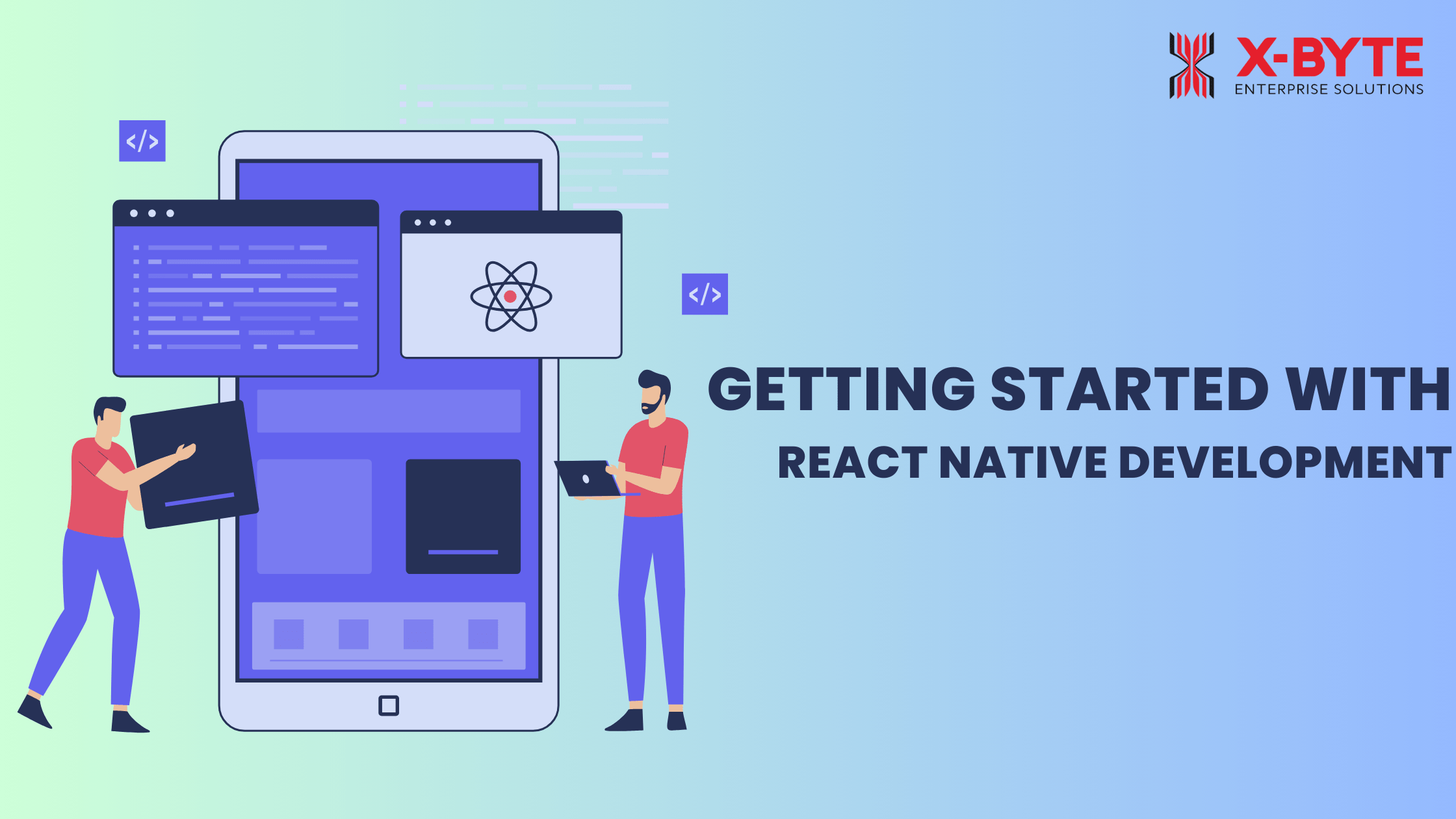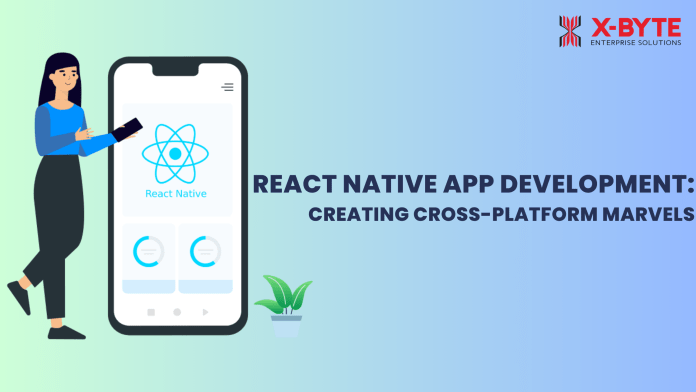In the rapidly evolving world of mobile app development, React Native has emerged as a revolutionary technology that allows developers to create powerful and efficient cross-platform applications. This article is your guide to understanding the intricacies of React Native app development, providing insights and strategies to harness its potential fully.
Introduction to React Native
Before diving into the nitty-gritty of React Native app development, let’s start with the basics.
What is React Native?
React Native is an open-source mobile app framework created by Facebook that enables developers to build applications for multiple platforms, such as iOS and Android, using a single codebase. It leverages JavaScript and React, providing a means to create native-like experiences across different devices.
The Advantages of React Native
Building an app with React Native offers several compelling advantages that make it a popular choice among developers and businesses.
1. Cross-Platform Compatibility
React Native allows you to write code once and run it on multiple platforms, such as iOS and Android. This not only saves time and resources but also ensures a consistent user experience across various devices.
2. Faster Development
One of React Native’s most appreciated features is “hot-reloading.” It enables developers to see changes in real-time, significantly speeding up the development process. The instant feedback loop is a developer’s dream, enhancing productivity and efficiency.
3. Reusable Components
React Native simplifies the development process by promoting the use of reusable components. These components can be effortlessly integrated into different parts of your app, reducing redundancy and simplifying code maintenance.
4. Thriving Community and Support
React Native boasts a large and active community of developers. This means you can easily find solutions to common issues, stay updated with the latest trends in app development, and access a wealth of resources to support your development journey.

Getting Started with React Native Development
Now that you’ve grasped the essentials of React Native let’s kickstart your journey into the world of React Native app development.
1. Setting Up Your Development Environment
Before you start coding, you need to set up your development environment. Ensure you have Node.js installed, use the React Native CLI, and have access to an emulator or a physical device for testing.
2. Creating Your First React Native App
Start by creating a new project using the React Native CLI. This initial setup generates the structure of your app. You can then use your preferred code editor to start building your app’s features.
3. Understanding Components and State
In React Native, components define the building blocks of your app’s user interface (UI), while state management is crucial for handling data and its changes. A solid understanding of these concepts is pivotal to developing a React Native app effectively.
Designing a User-Friendly Interface
User interface (UI) design is a critical factor in the success of any app. In the case of React Native, you can create engaging and user-friendly UIs by combining native components and custom styles. The framework offers a wide array of pre-built components to enhance your app’s visual appeal.
Handling Navigation
Efficient navigation is key to providing a seamless user experience. React Navigation, a popular library, simplifies navigation management in your React Native app. It offers features like stack navigation, tab navigation, and drawer navigation, making it easy to build a user-friendly and intuitive app.
Debugging and Testing
Testing and debugging are integral to the mobile app development process. React Native provides various tools for debugging, and you can use emulators, simulators, or physical devices for testing. Thoroughly testing your app on different platforms and devices ensures a consistent and robust user experience.
Dealing with Performance Optimization
Optimizing the performance of your React Native app is crucial to ensure smooth and responsive user interactions. Tools like the React DevTools and the React Native Performance Monitor can help you identify and address performance bottlenecks in your app.
Managing State with Redux
As your React Native app grows in complexity, managing the state effectively becomes more challenging. Redux is a popular state management library that helps you centralize and manage the state of your app, making it easier to develop and maintain complex applications.
Expanding Functionality with Native Modules
While React Native provides access to a wide range of pre-built components and libraries, there may be cases where you need to implement platform-specific features. Native modules allow you to extend the functionality of your app by writing native code in Java, Objective-C, or Swift and then accessing it from your React Native JavaScript code.
Deployment and Publishing
Once you’ve developed and thoroughly tested your React Native app, it’s time to deploy it to the app stores. You’ll need to create developer accounts for the Apple App Store and Google Play Store, generate app icons and screenshots, and follow their respective guidelines for submission. Tools like Fastlane can simplify the deployment process.
Conclusion
In the dynamic world of app development, React Native stands out as a versatile and efficient framework that simplifies cross-platform app creation. With its vast community support, hot-reloading feature, and reusable components, it has become the go-to choice for developers building mobile applications.
If you’re eager to venture into app development, React Native offers an excellent starting point. Its capability to deliver native-like experiences on both iOS and Android devices while saving development time and effort is a game-changer in the industry. Begin your journey into the world of React Native app development, and you’ll be amazed at the possibilities it opens up for your app development projects.
